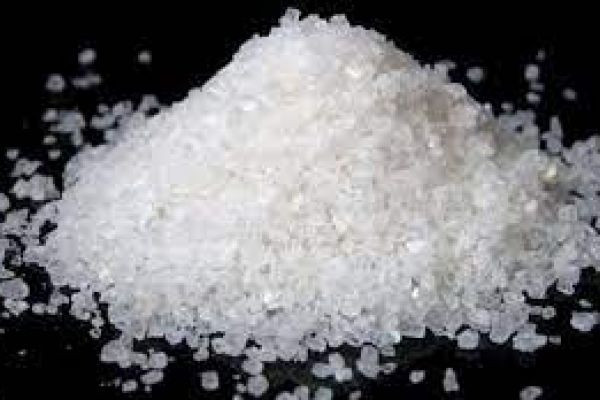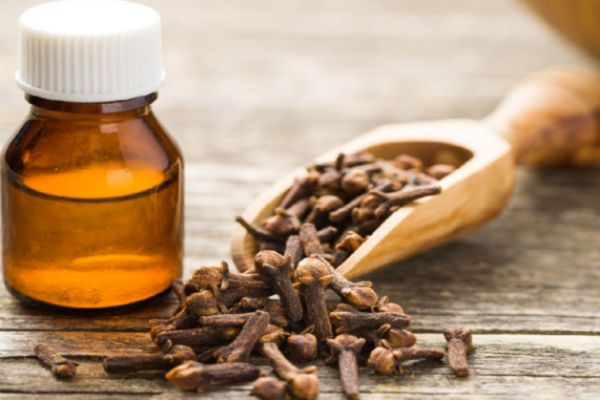Imagine a garden without the mess of soil. Growing plants in water is not only possible but also incredibly easy and rewarding. Whether you’re looking to save space, reduce allergens from soil, or sim..
05/29/24 • 644 Vues
Lucky Bamboo

Lucky Bamboo, with its elegant, slender stalks, is a popular choice for those seeking an easy-to-grow plant that thrives in water. Originating from Southeast Asia, this plant symbolizes good fortune and prosperity in Feng Shui.
Growing Conditions: Lucky Bamboo prefers indirect sunlight and can thrive in low-light conditions, making it perfect for indoor spaces. Simply place the stalks in a container with enough water to cover the roots, and change the water every two to four weeks.
Care Tips: Ensure the water level is maintained and use filtered or distilled water to avoid chlorine damage. Occasionally wipe the leaves with a damp cloth to remove dust and keep the plant looking vibrant.
Pothos

Pothos, also known as Devil’s Ivy, is renowned for its air-purifying qualities and rapid growth. This resilient plant can adapt to various light conditions, though it prefers bright, indirect light.
Ideal Growing Environment: Pothos thrives in water with minimal effort. Place cuttings in a jar filled with water, ensuring the nodes are submerged. You’ll notice new roots forming within days.
Maintenance Tips: Keep the water clean by changing it every two weeks. Trim the stems regularly to encourage bushier growth and prevent the plant from becoming too leggy.
Philodendron

Philodendrons are a diverse group of plants, many of which are perfect for water cultivation. Their lush green foliage adds a tropical touch to any room.
Types Suitable for Water Growth: Heartleaf Philodendron and Philodendron Brasil are excellent choices for growing in water. They adapt well and maintain their vibrant green leaves.
Optimal Conditions for Growth: Place cuttings in a clear container with water, ensuring the nodes are submerged. Position the container in a spot with bright, indirect light.
Care Guidelines: Change the water every two weeks and occasionally rinse the roots to prevent algae growth. Fertilize monthly with a diluted liquid fertilizer to promote healthy growth.
Spider Plant

Spider Plants are known for their arching leaves and spider-like offshoots, called “spiderettes.” These offshoots can easily root in water, making propagation a breeze.
Features of Spider Plant: The Spider Plant is tolerant of various light conditions but prefers bright, indirect light. It’s a great candidate for hanging baskets or shelves where the offshoots can dangle freely.
Propagation in Water: Detach the spiderettes from the main plant and place them in water. Within a few weeks, they’ll develop roots and can continue growing in water.
How to Maintain in Water: Change the water every week and ensure the roots are fully submerged. Spider Plants appreciate occasional misting to keep their leaves hydrated.
Peace Lily

Peace Lilies are beloved for their elegant white blooms and ability to improve indoor air quality. They are one of the few flowering plants that can thrive in water.
Overview and Benefits: Peace Lilies prefer low to moderate light, making them ideal for indoor environments. Their broad, dark green leaves and striking white flowers add a touch of elegance to any space.
Growing Peace Lily in Water: Remove the plant from its pot and rinse off the soil from the roots. Place the roots in a vase with enough water to cover them, ensuring the leaves stay dry.
Tips for Blooming: Keep the water clean and change it every two weeks. To encourage blooming, place the Peace Lily in a spot with bright, indirect light and use a diluted liquid fertilizer monthly.
Chinese Evergreen

Chinese Evergreens are prized for their striking, variegated leaves and ease of care. They adapt well to low light and can flourish in water.
Description and Appearance: This plant features glossy, patterned leaves in shades of green, silver, and cream. It’s a hardy plant that can tolerate various indoor conditions.
Water Growth Adaptability: Chinese Evergreens are well-suited for hydroponic growth. Place cuttings or the entire root system in water, and they’ll continue to thrive.
Care Instructions: Change the water every two weeks and keep the plant in low to moderate light. Clean the leaves periodically to remove dust and enhance their shine.
Wandering Jew

Wandering Jew is a vibrant, trailing plant with purple and green leaves that thrive in water. It’s perfect for adding a splash of color to any space.
Vibrant Foliage Description: The Wandering Jew features striking, variegated leaves with a mix of purple, silver, and green hues. Its trailing stems make it ideal for hanging planters or shelves.
Growing Conditions in Water: Cuttings from this plant root quickly in water. Place them in a container where the nodes are submerged, and new roots will form in days.
Maintenance and Care: Change the water every week and place the plant in bright, indirect light to maintain its vibrant colors. Trim the stems regularly to encourage fuller growth.
Conclusion: Soil-Free Gardening
Embracing soil-free gardening with these seven plants offers numerous benefits. It’s a clean, convenient, and visually appealing way to enjoy greenery in your home. These plants not only thrive in water but also enhance indoor air quality and add aesthetic value to your living space. Give it a try, and you’ll be amazed at how easy and rewarding it is to grow these beautiful plants without soil.
FAQs
Can all plants grow in water? Not all plants can grow in water, but many houseplants like the ones mentioned above can thrive in a hydroponic environment.
How often should I change the water? It’s generally recommended to change the water every two weeks to prevent stagnation and algae growth.
Do water-grown plants need fertilizer? Yes, occasional fertilizing with a diluted liquid fertilizer can help maintain the nutrient levels for healthy growth.
Can water plants be transferred to soil? Yes, many water-grown plants can be transferred to soil if needed. Gradually introduce them to soil to avoid shock.
What are the common issues with water-grown plants? Common issues include algae growth, root rot, and pests. Regularly changing the water and keeping the container clean can prevent these problems.








